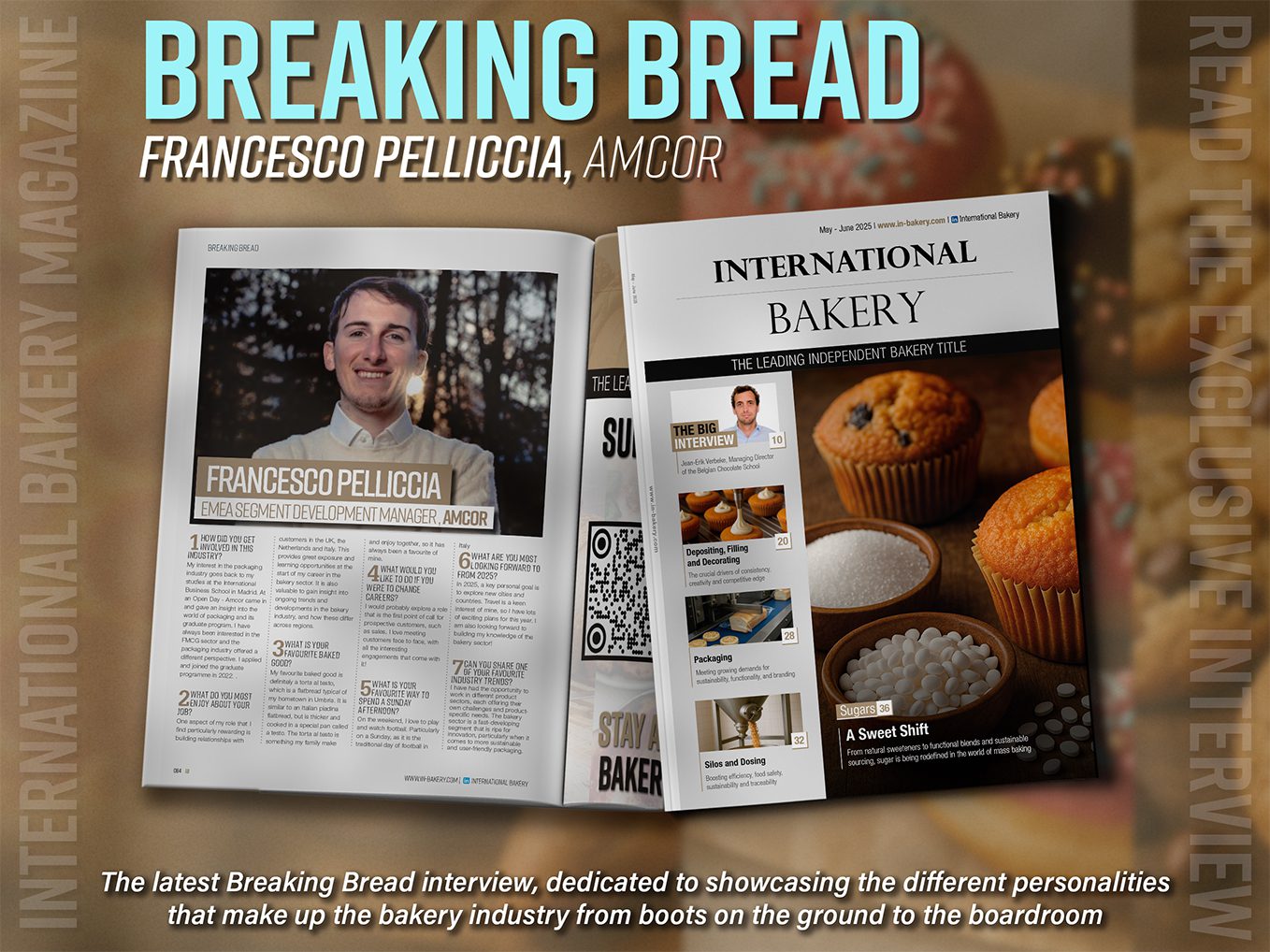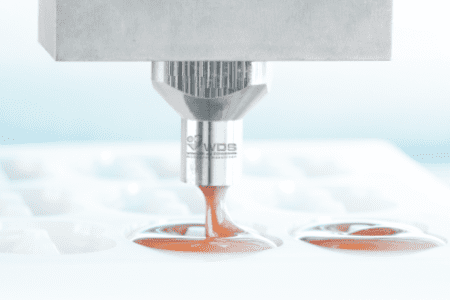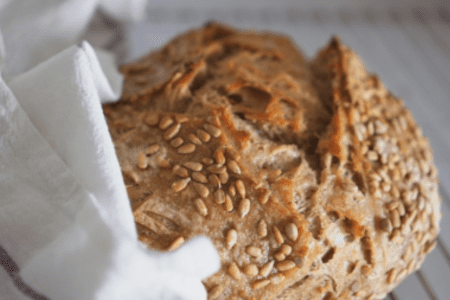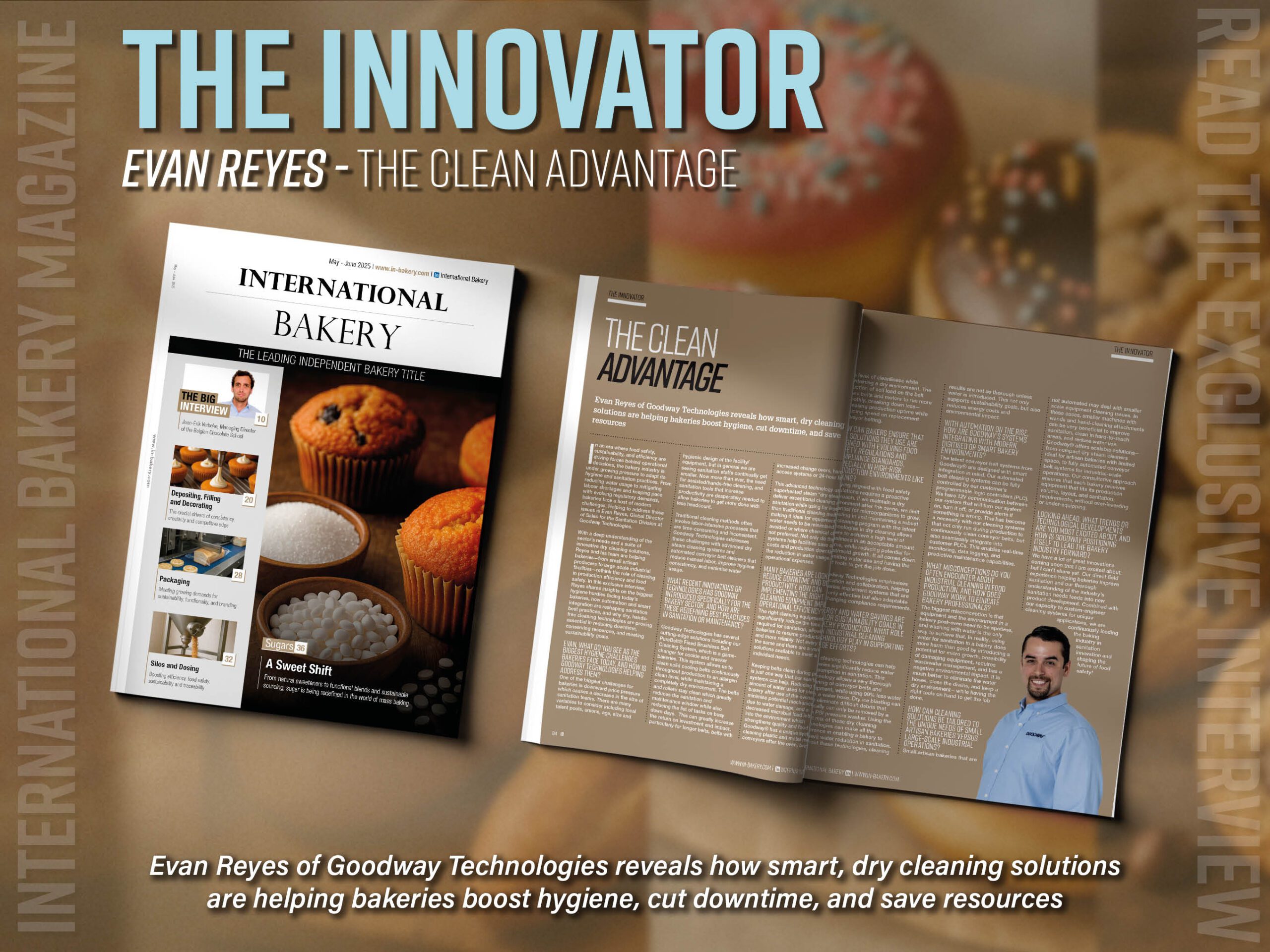Gluten-free bakery is becoming increasingly popular, but poses a number of challenges to manufacturers. KaTech examines how these challenges can best be addressed.
Economically speaking, gluten-free baked goods are a very attractive market for food manufacturers. But there are also major challenges when developing gluten-free baked goods. The gluten-free flours available on the market can help to achieve high-quality products. But which ones are best to use? What are the advantages and disadvantages?
The gluten-free market is one of the growth areas of the bakery market. The UK has become one of the leading markets for gluten-free baked goods in Europe.
The main reason could be the increasing health awareness of consumers. Gluten has received a negative image because more and more people have problems with its digestion.
Another trend that has led to a wider range of gluten-free products is the ever-increasing trend towards convenience. Today, time pressure is present everywhere and consumers do not want or cannot spend much time in the kitchen. So, they are looking for solutions that make their lives easier.
Ready-made gluten-free bakery products meet both trends and can be very successful in the market if they manage to satisfy the requirements of today’s critical consumers who are looking for products that are as close as possible to the original gluten-containing versions.
But this goal sounds easier to achieve than it is.
Gluten – why is it so difficult to replace?
Traditionally, baked goods contain gluten, as most are baked with wheat flour.
Gluten has a great influence on the texture of cakes. It gives the cake structure and helps to hold it together. The result is a cake that is less crumbly. It is therefore not so easy to replace gluten-containing flour with gluten-free flour. Many gluten-free cake products get a fragile , dry texture that is not very pleasant to eat.
Another important factor is that most people are used to the taste of wheat flour.
Flours that do not contain gluten often have different taste profiles that are difficult to mask.
The consumer of today is highly critical. If a product does not meet his/her requirements, he/she will not buy it anymore. So, it is important that food manufacturers develop gluten-free cake concepts that appeal to and convince the consumer.
What should be considered when using gluten-free flour?
Choice in the gluten-free flour market is getting bigger all the time, and the flours available on the market are becoming increasingly versatile. This means that bakeries have to find out which flour is best-suited to their applications and production processes.
Flours from pulses: Overall, flours made from pulses seem to hold moisture better than, for example, flour from starchy plants, resulting in lower baking losses.
On the other hand, they do not rise as much during the baking process as flours made from rice, potato or tapioca starch, which could be seen as a negative by the consumers. Some flours from pulses also give the crumb a green colour and most of them have a taste that is difficult to mask. Therefore, flours from pulses should only be used in combination with other flours.
Flours made from rice, potatoes or tapioca: Other flours, such as rice, potato or tapioca, have the advantage of a better taste profile, which can easily be masked. However, the baking loss can increase with these types of flours which could make the recipes more expensive.
The graphs show that each flour has its own advantages in terms of softness, moisture and baked volume of the product and the intensity of the flavours it gives.
But these are not the only parameters to consider when developing gluten-free baked goods.
Since speciality flours vary dramatically in price, a combination must be sought that uses the advantages mentioned at a reasonable price.
By using the data above, it is possible to produce a number of different bakery products using the same recipe along with KaTech Scratch Plus Gluten free concentrate.
| Ingredients | % |
|---|---|
| Caster sugar | 23 |
| Gluten-free flour | 22 |
| KaTech Scratch Plus Gluten free | 5 |
| Rape seed oil | 20 |
| Whole egg | 23 |
| Water | 4 |
| Glycerine | 3 |
| Total | 100 |
How to improve gluten-free muffins
The good thing about baked goods is that, the moment they come out of the oven, you know if something is not going well.
Is the peak too low? Is it very dry to eat? Is the texture too firm?
The following picture shows what to do using American style muffins as an example.
If the peak is too low, a combination of rice flour, potato starch and tapioca starch will help to make the product rise more.
Dry products become moister with the addition of tapioca starch and yellow and red lentil flour.
Meanwhile, potato starch, tapioca starch and faba bean flour can make an American-style muffin softer, if it is too firm.
Share this article on Twitter or LinkedIn.
See more news here.






